Home>Home Appliances>Bathroom Appliances>How To Dry A Mattress With A Hair Dryer
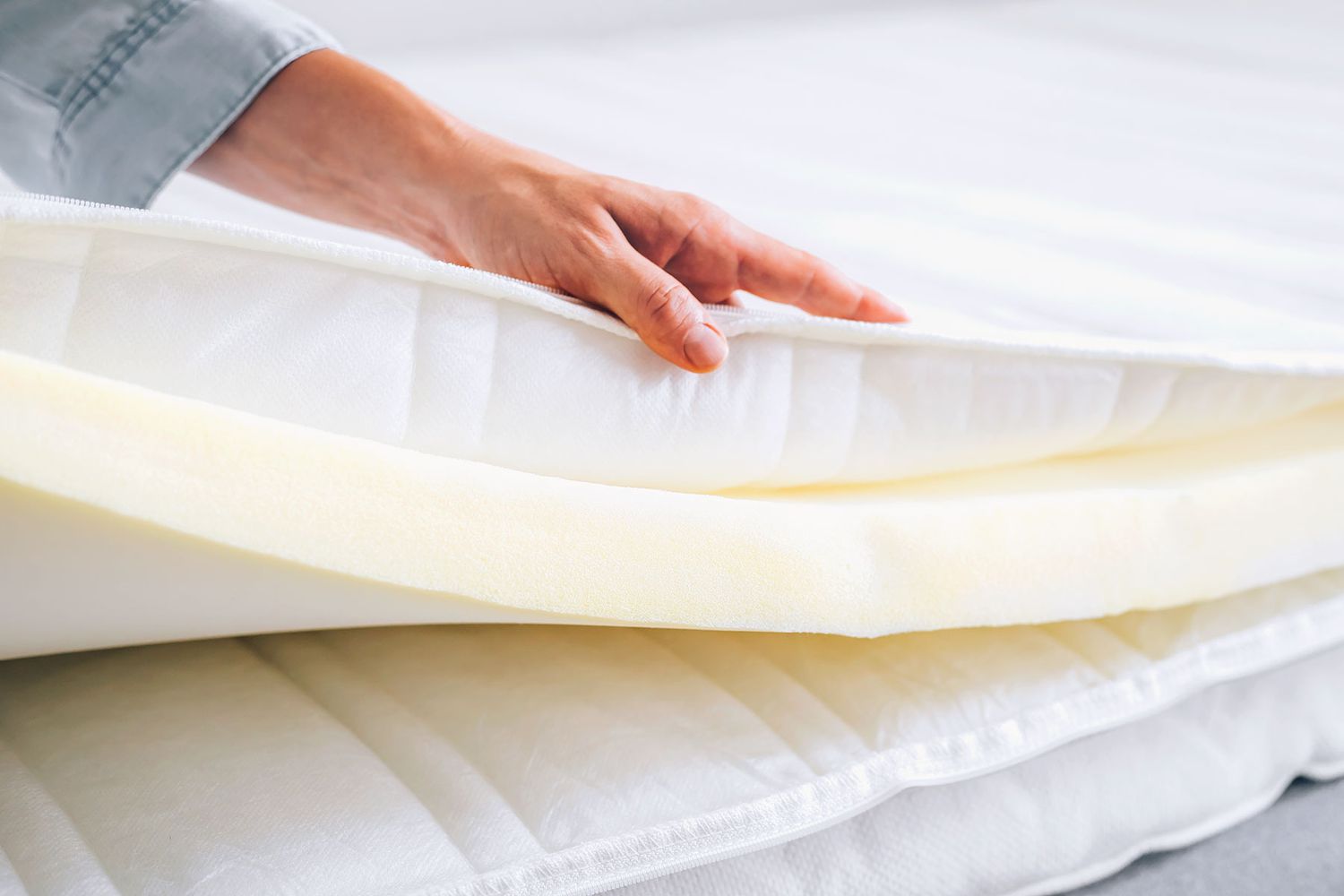

Bathroom Appliances
How To Dry A Mattress With A Hair Dryer
Modified: January 3, 2024
Learn how to effectively dry a mattress using a hair dryer with our expert tips. Keep your bathroom appliances handy for quick and efficient mattress drying.
(Many of the links in this article redirect to a specific reviewed product. Your purchase of these products through affiliate links helps to generate commission for Storables.com, at no extra cost. Learn more)
Introduction
Drying a mattress with a hair dryer is a practical solution when unexpected spills or accidents occur. Whether it's a pet accident, a spill from a beverage, or a bed-wetting incident, knowing how to effectively dry a mattress is essential for maintaining a clean and healthy sleeping environment. In this comprehensive guide, we will explore the step-by-step process of using a hair dryer to dry a mattress, ensuring that you can tackle this common household issue with confidence and efficiency.
A mattress is a significant investment, and preserving its integrity is crucial for ensuring a comfortable and hygienic sleeping surface. By promptly addressing any moisture-related issues, you can prevent the development of mold, mildew, and unpleasant odors, ultimately extending the lifespan of your mattress. Additionally, a dry mattress promotes a healthier sleeping environment, reducing the risk of allergens and potential health concerns.
Understanding the proper techniques for drying a mattress with a hair dryer can save you time and money, as it eliminates the need for professional cleaning services or costly mattress replacements. By following the steps outlined in this guide, you can effectively address moisture-related incidents and maintain a fresh, clean, and inviting bed for a restful night's sleep.
Now, let's delve into the step-by-step process of using a hair dryer to effectively dry a mattress, ensuring that you are well-equipped to handle unexpected spills and accidents with ease and confidence.
Key Takeaways:
- Drying a wet mattress with a hair dryer is a smart way to prevent mold and odors. By following simple steps like removing bedding, vacuuming, and using low heat, you can restore your mattress to a clean and cozy state.
- Knowing how to dry a mattress with a hair dryer can save you time and money. By promptly addressing spills and wetness, you can maintain a fresh and inviting bed for a restful night’s sleep.
Read more: How To Dry Hair Without A Hair Dryer
Step 1: Remove all Bedding and Pillows
When addressing a wet mattress, it is crucial to promptly remove all bedding and pillows to prevent moisture from seeping into these items. Begin by carefully stripping the bed of all sheets, blankets, and pillows, and proceed to launder any affected linens according to their care instructions. By promptly removing the bedding, you can prevent the spread of moisture and minimize the risk of mold or mildew development.
After removing the bedding, assess the extent of the moisture on the mattress surface. If the spill or wetness is localized, take the necessary precautions to contain the affected area by placing towels or absorbent cloths around the perimeter to prevent further spreading. This initial containment step can help mitigate the impact of the moisture and streamline the drying process.
For spills involving liquids other than water, such as coffee or juice, it is essential to address any potential staining. Blot the affected area with a clean, dry cloth to absorb excess liquid, taking care to avoid rubbing the stain, which can cause it to set further into the fabric. If necessary, consider using a gentle stain remover specifically formulated for mattress fabrics, following the product instructions carefully to minimize the risk of discoloration.
Once the bedding and pillows have been removed and any localized spill has been contained and addressed, you can proceed to the next step in the mattress drying process. With the affected area prepared for drying, you are now ready to tackle the next crucial step in restoring your mattress to a clean and dry state.
Step 2: Vacuum the Mattress
After removing the bedding and containing any localized spills, the next step in the mattress drying process is to thoroughly vacuum the mattress surface. Using a vacuum cleaner with a hose attachment and a soft brush, carefully remove any debris, dust, or particles from the mattress. This step is essential for preparing the surface for the drying process and ensuring that no foreign matter interferes with the effectiveness of the hair dryer.
Begin by running the vacuum hose attachment over the entire surface of the mattress, paying special attention to seams, crevices, and areas around the edges. Dust and debris can accumulate in these areas, and thorough vacuuming helps eliminate potential sources of odors and allergens. Use the soft brush attachment to gently loosen and remove any particles, being mindful of the mattress fabric to prevent damage or abrasion.
In addition to removing visible debris, vacuuming the mattress surface can also help address any residual moisture that may be present. The suction action of the vacuum can aid in extracting excess moisture, especially in cases where the spill or wetness has not fully penetrated the mattress. By combining vacuuming with the subsequent hair drying process, you can effectively expedite the removal of moisture and restore the mattress to a dry and hygienic state.
Furthermore, regular vacuuming of the mattress is a valuable practice for maintaining cleanliness and prolonging the lifespan of the mattress. It helps prevent the accumulation of dust mites, allergens, and debris, contributing to a healthier sleeping environment. By incorporating mattress vacuuming into your routine cleaning regimen, you can ensure that your mattress remains fresh, clean, and free from potential contaminants.
Once the mattress has been thoroughly vacuumed, you are ready to proceed to the next step in the drying process, which involves using a hair dryer to expedite the removal of moisture and restore the mattress to its optimal condition.
Step 3: Use a Hair Dryer on a Low Heat Setting
Using a hair dryer on a low heat setting is an effective method for drying a wet mattress and expediting the evaporation of moisture. Before proceeding with this step, it is important to ensure that the mattress surface has been adequately prepared by removing bedding, containing any spills, and vacuuming to eliminate debris and excess moisture. With the necessary preparations in place, you can proceed to use a hair dryer to target the damp areas and facilitate the drying process.
When selecting a hair dryer for this purpose, opt for a model with adjustable heat settings, and choose the lowest heat option to minimize the risk of damaging the mattress fabric. High heat can potentially cause shrinkage, discoloration, or even combustion of certain mattress materials, so exercising caution and using a gentle heat setting is paramount. Additionally, ensure that the hair dryer is equipped with a nozzle attachment to concentrate the airflow and prevent dispersal of moisture to unaffected areas.
Position the hair dryer several inches away from the damp areas of the mattress, maintaining a consistent distance to prevent overheating or excessive drying in localized spots. Move the hair dryer back and forth over the damp sections, allowing the warm air to penetrate the fabric and encourage evaporation. It is important to maintain a steady, fluid motion to prevent prolonged exposure to a single area, which can lead to overheating and potential damage.
As you work on drying the mattress with the hair dryer, periodically check the progress by lightly touching the previously damp areas. If moisture is still present, continue the gentle drying process until the surface feels dry to the touch. Be mindful of any specific instructions or recommendations provided by the mattress manufacturer, as certain materials may have unique care considerations that should be taken into account during the drying process.
By using a hair dryer on a low heat setting, you can effectively accelerate the evaporation of moisture from the mattress, minimizing the risk of mold, mildew, and lingering odors. This targeted approach allows you to address localized wetness and restore the affected areas to a clean and dry state, ensuring that your mattress remains a comfortable and hygienic sleeping surface.
Once the affected areas have been thoroughly dried using the hair dryer, it is important to allow the mattress to air dry completely before replacing the bedding and pillows, which brings us to the next step in the process of drying a mattress with a hair dryer.
Use a hair dryer on a low heat setting to dry a wet mattress. Hold the dryer a few inches away from the mattress and move it around to evenly dry the surface. Avoid using high heat to prevent damage.
Step 4: Allow the Mattress to Air Dry
After using the hair dryer to target and dry the affected areas of the mattress, it is essential to allow the mattress to air dry completely. This crucial step ensures that any residual moisture is thoroughly evaporated, preventing the potential development of mold, mildew, or lingering dampness. By allowing the mattress to air dry, you can promote optimal airflow and expedite the drying process, ultimately restoring the mattress to a clean, fresh, and hygienic condition.
Position the mattress in a well-ventilated area with ample airflow and natural light, such as near an open window or in a room with a ceiling fan. Placing the mattress in a location where air can circulate freely around it will facilitate the evaporation of residual moisture, contributing to a more expedient drying process. If weather and outdoor conditions permit, consider placing the mattress outdoors in a shaded area to benefit from natural airflow and sunlight, which can aid in drying and disinfecting the fabric.
During the air drying process, periodically check the mattress surface to assess the progress and ensure that no residual moisture remains. Lightly touch the previously damp areas to gauge the dryness, and if necessary, continue to allow the mattress to air dry until the entire surface feels dry to the touch. Depending on the extent of the initial moisture and the prevailing environmental conditions, the air drying process may take several hours to complete.
To expedite the air drying process, consider using additional aids such as fans or dehumidifiers to promote airflow and humidity reduction in the surrounding environment. These measures can help accelerate the evaporation of moisture from the mattress, especially in situations where higher humidity levels or limited airflow may impede the drying progress. By optimizing the drying environment, you can enhance the effectiveness of the air drying process and expedite the restoration of your mattress to its optimal condition.
Once the mattress has been thoroughly air dried and the surface feels completely dry to the touch, it is ready for the final step in the process of drying a mattress with a hair dryer, which involves replacing the bedding and pillows to restore the bed to its inviting and comfortable state.
Read more: How To Dry Clothes With A Hair Dryer
Step 5: Replace the Bedding and Pillows
With the mattress fully dried and restored to its optimal condition, the final step in the process of drying a mattress with a hair dryer involves replacing the bedding and pillows to prepare the bed for comfortable and restful sleep. This step not only completes the restoration of the sleeping environment but also ensures that the mattress is ready for use, providing a clean and inviting surface for relaxation and rejuvenation.
Before replacing the bedding, ensure that all laundered linens are completely dry and free from any residual moisture. Damp or partially dried bedding can introduce moisture back onto the mattress surface, potentially undoing the efforts of the drying process. Thoroughly inspect and confirm the dryness of the laundered items, and proceed to make the bed with fresh, clean sheets, blankets, and pillowcases.
When placing the sheets and blankets on the mattress, smooth out the fabric to ensure a wrinkle-free and comfortable sleeping surface. Tuck the sheets securely under the mattress edges to prevent shifting during use, and arrange the pillows in a welcoming manner to complete the bed ensemble. By paying attention to the details of bed-making, you can create an inviting and aesthetically pleasing setting for restful sleep.
Consider using mattress protectors or waterproof covers to safeguard the mattress from future spills and accidents, providing an additional layer of protection against moisture and potential staining. These protective covers can offer peace of mind and simplify the cleaning process in the event of future incidents, preserving the integrity of the mattress and extending its longevity.
Once the bedding and pillows have been replaced and the bed has been meticulously made, take a moment to appreciate the refreshed and inviting sleeping environment. The combination of a dry, clean mattress and freshly laundered bedding sets the stage for a comfortable and rejuvenating sleep experience, promoting a sense of relaxation and well-being.
By following the comprehensive steps outlined in this guide, you have successfully addressed a wet mattress using a hair dryer, restoring it to a clean, dry, and inviting state. With the bedding replaced and the bed prepared for use, you can enjoy the comfort and tranquility of a well-maintained sleeping environment, knowing that you have the knowledge and capability to effectively manage unexpected spills and accidents.
With the mattress drying process complete and the bed rejuvenated, you can look forward to a restful night’s sleep in a clean, comfortable, and hygienic sleeping environment.
Conclusion
Drying a mattress with a hair dryer is a practical and effective solution for addressing unexpected spills and accidents, ensuring that you can promptly restore the mattress to a clean, dry, and inviting state. By following the step-by-step process outlined in this guide, you have gained valuable insights into effectively managing moisture-related incidents and maintaining a hygienic sleeping environment.
From promptly removing bedding and containing spills to using a hair dryer on a low heat setting and allowing the mattress to air dry, each step in the process plays a crucial role in expediting the drying process and safeguarding the integrity of the mattress. Thoroughly vacuuming the mattress surface and replacing the bedding and pillows further contribute to the restoration of a comfortable and inviting sleeping environment.
Understanding the importance of promptly addressing moisture-related issues and knowing how to effectively dry a mattress with a hair dryer empowers you to maintain a clean and hygienic bed, promoting a restful and rejuvenating sleep experience. By incorporating these practical techniques into your household management repertoire, you can confidently manage unexpected spills and accidents, ensuring that your mattress remains a comfortable and inviting sanctuary for relaxation and rejuvenation.
Additionally, the proactive approach to addressing moisture-related incidents can contribute to the longevity of your mattress, preserving its quality and structural integrity for years to come. By promptly and effectively managing spills and wetness, you can prevent the development of mold, mildew, and odors, ultimately extending the lifespan of your mattress and maximizing your investment in quality sleep and comfort.
Armed with the knowledge and techniques presented in this guide, you are well-equipped to handle the unexpected challenges of maintaining a clean and hygienic sleeping environment. By leveraging the practical strategies outlined here, you can confidently address wetness and spills, ensuring that your mattress remains a clean, comfortable, and inviting space for restful sleep and rejuvenation.
With these valuable insights and practical skills at your disposal, you can approach the task of drying a mattress with a hair dryer with confidence and efficiency, maintaining a clean, hygienic, and inviting sleeping environment for your well-being and comfort.
Frequently Asked Questions about How To Dry A Mattress With A Hair Dryer
Was this page helpful?
At Storables.com, we guarantee accurate and reliable information. Our content, validated by Expert Board Contributors, is crafted following stringent Editorial Policies. We're committed to providing you with well-researched, expert-backed insights for all your informational needs.
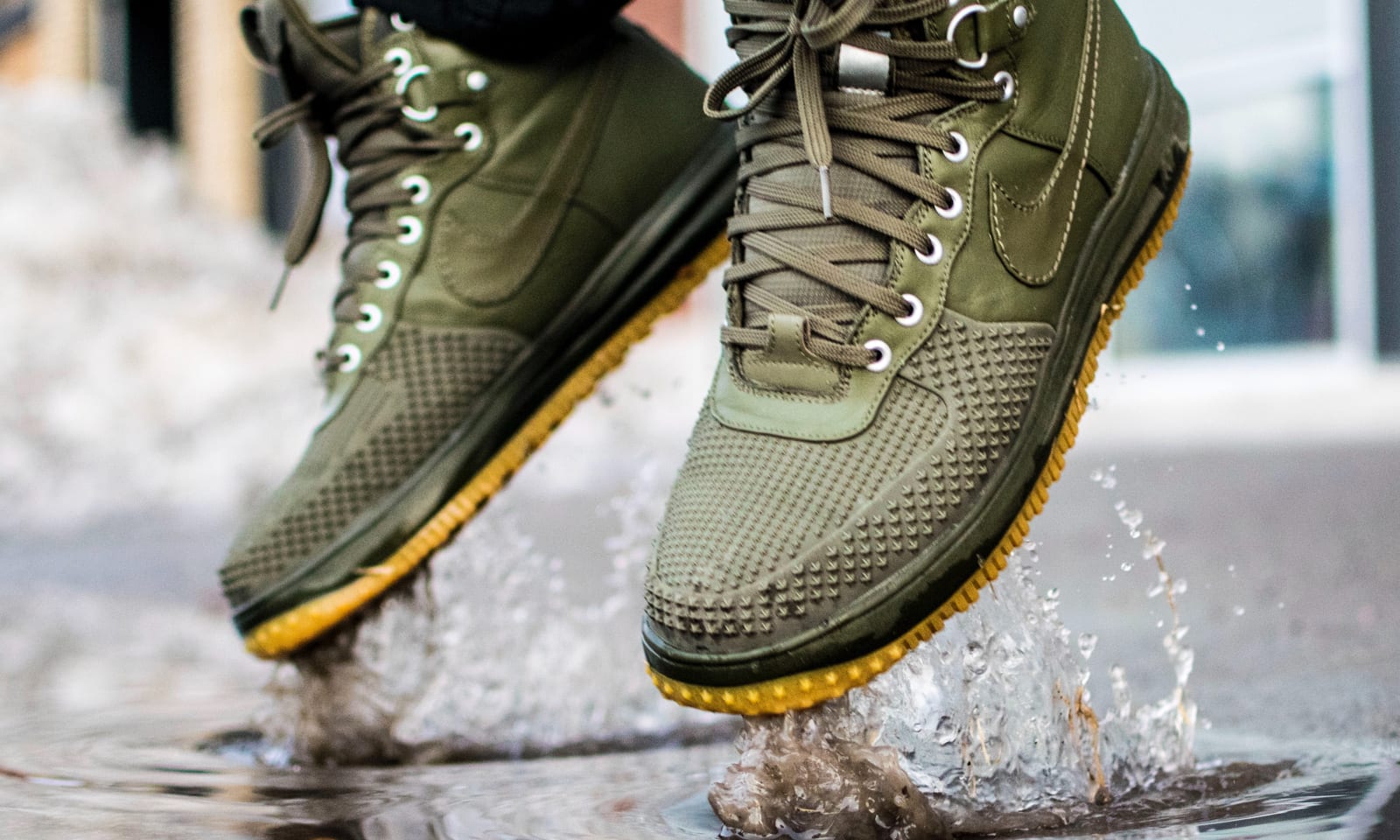
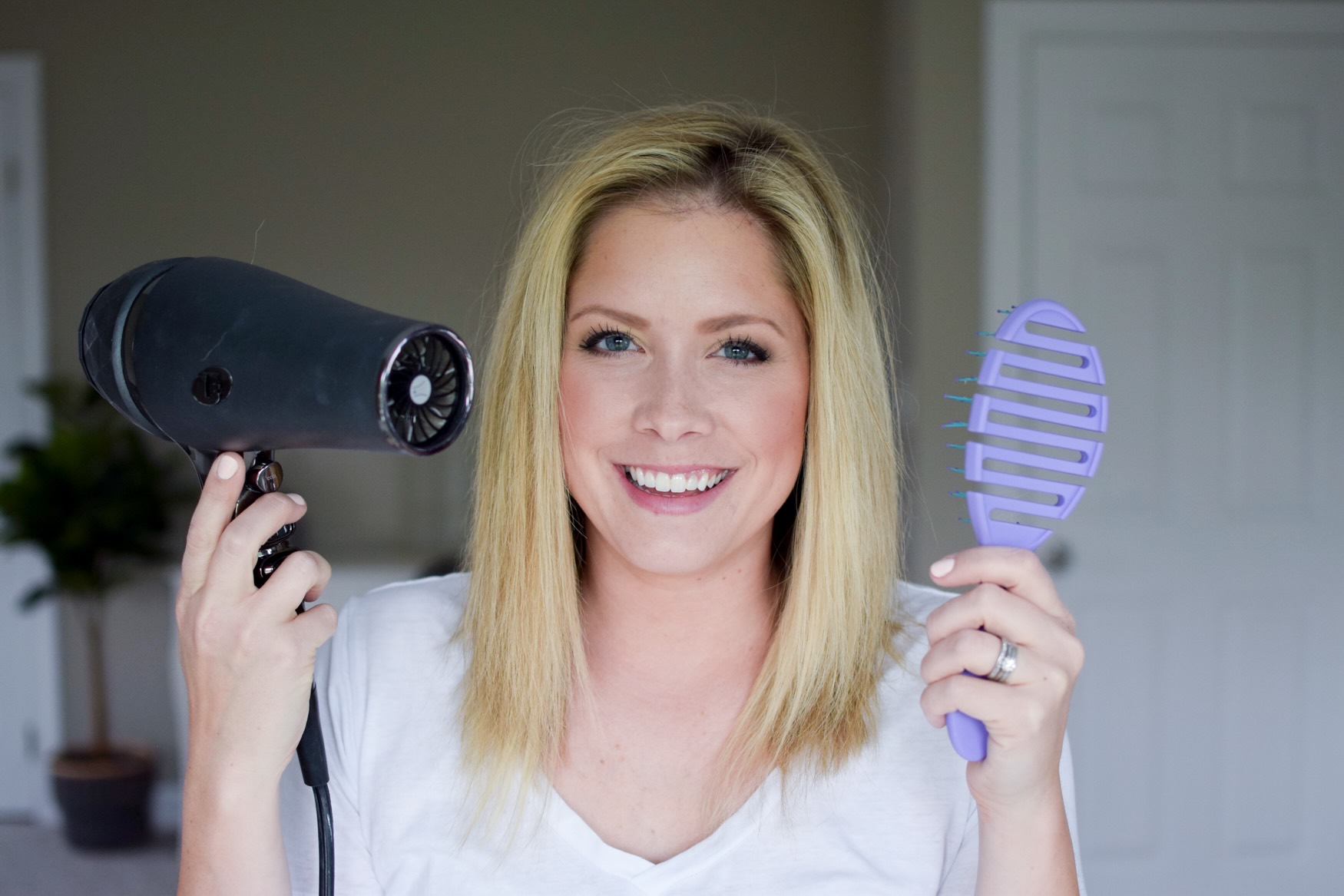
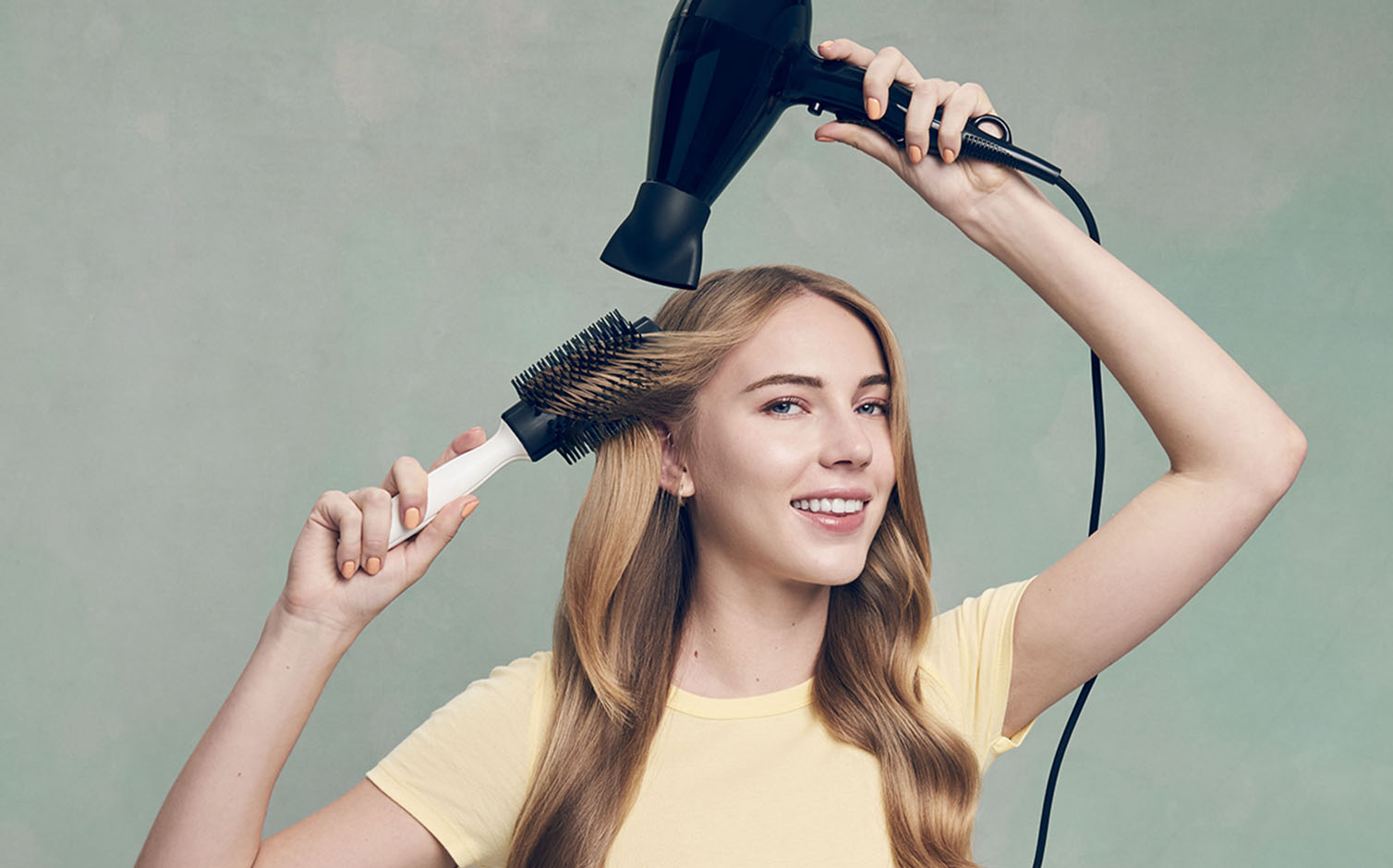

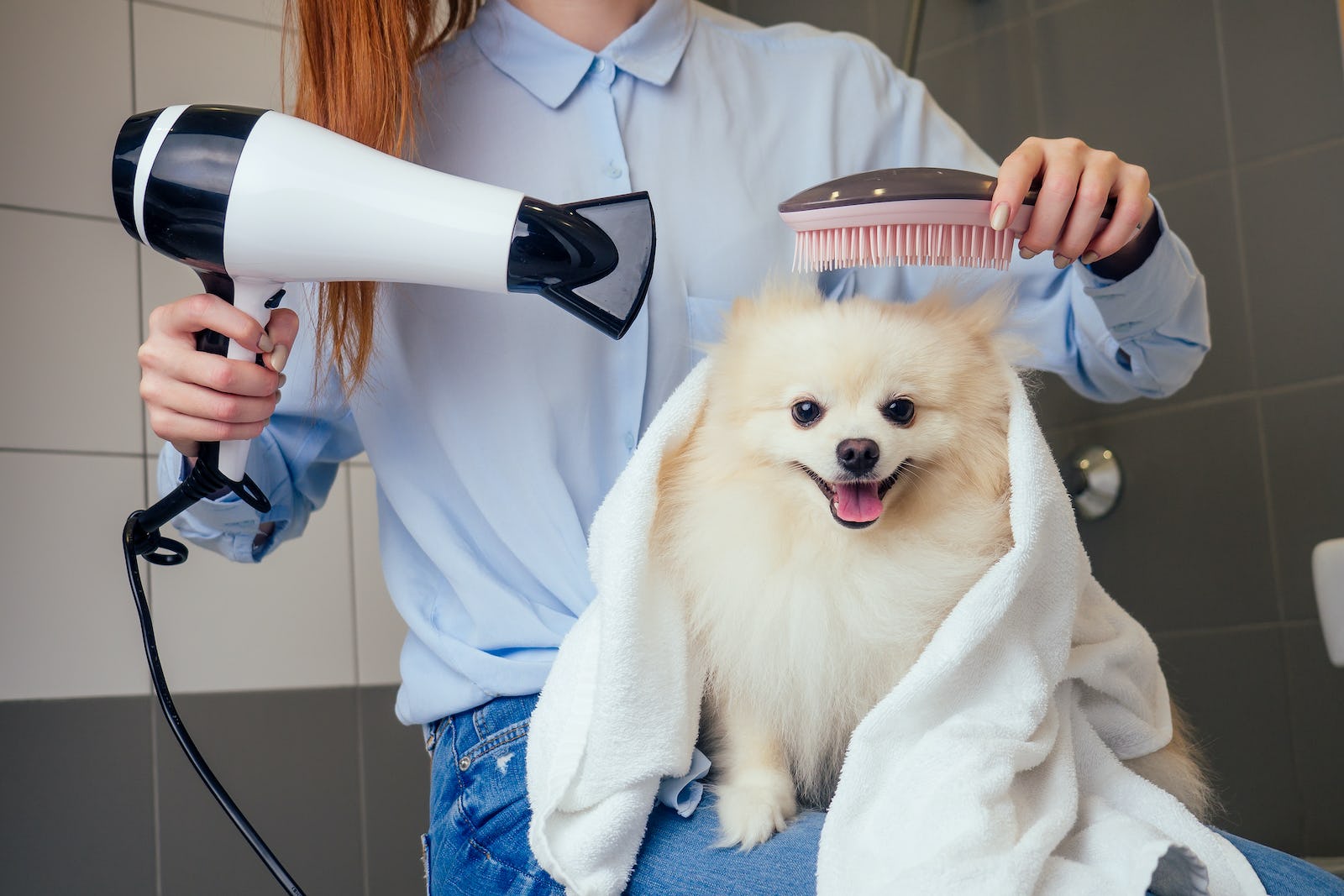
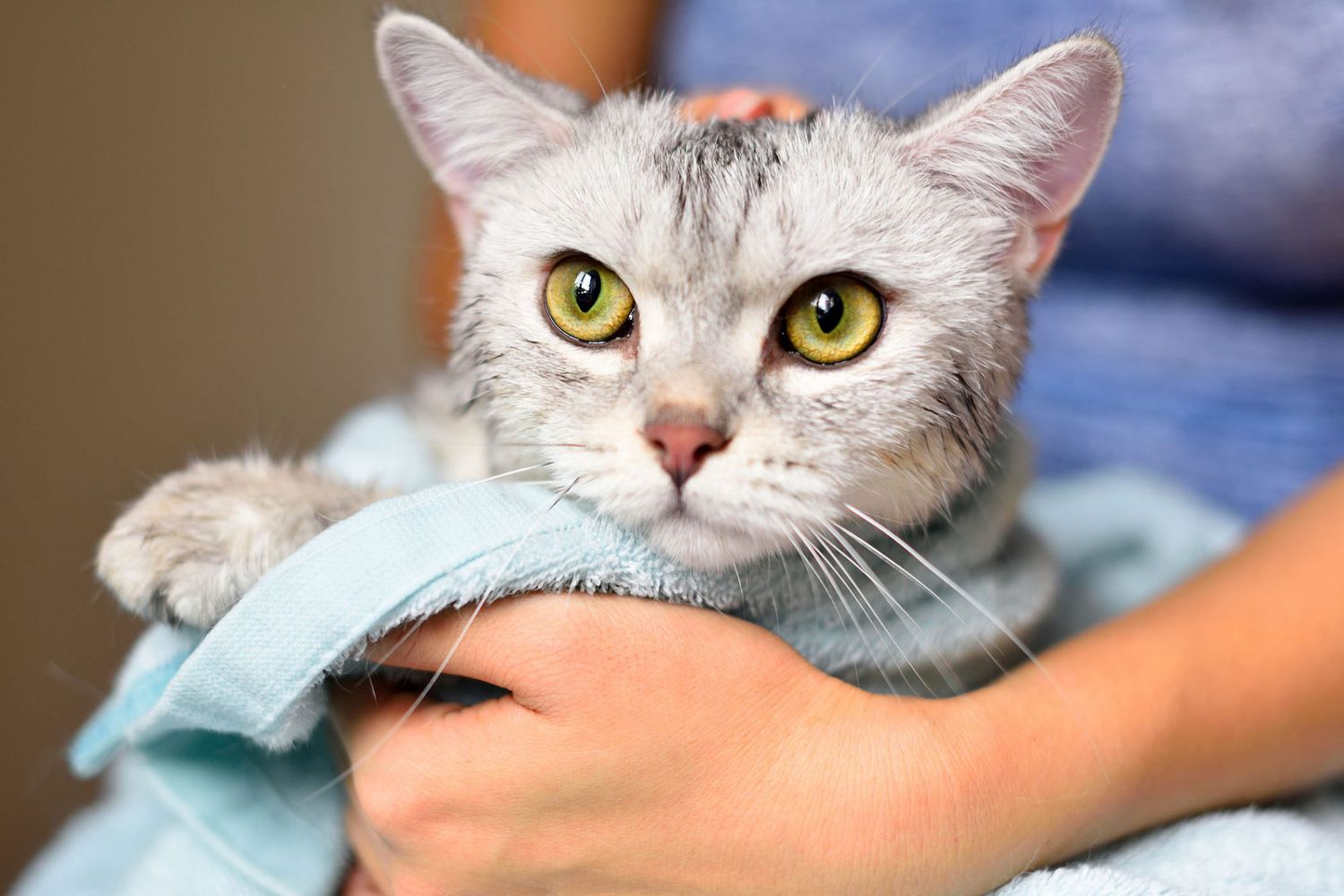
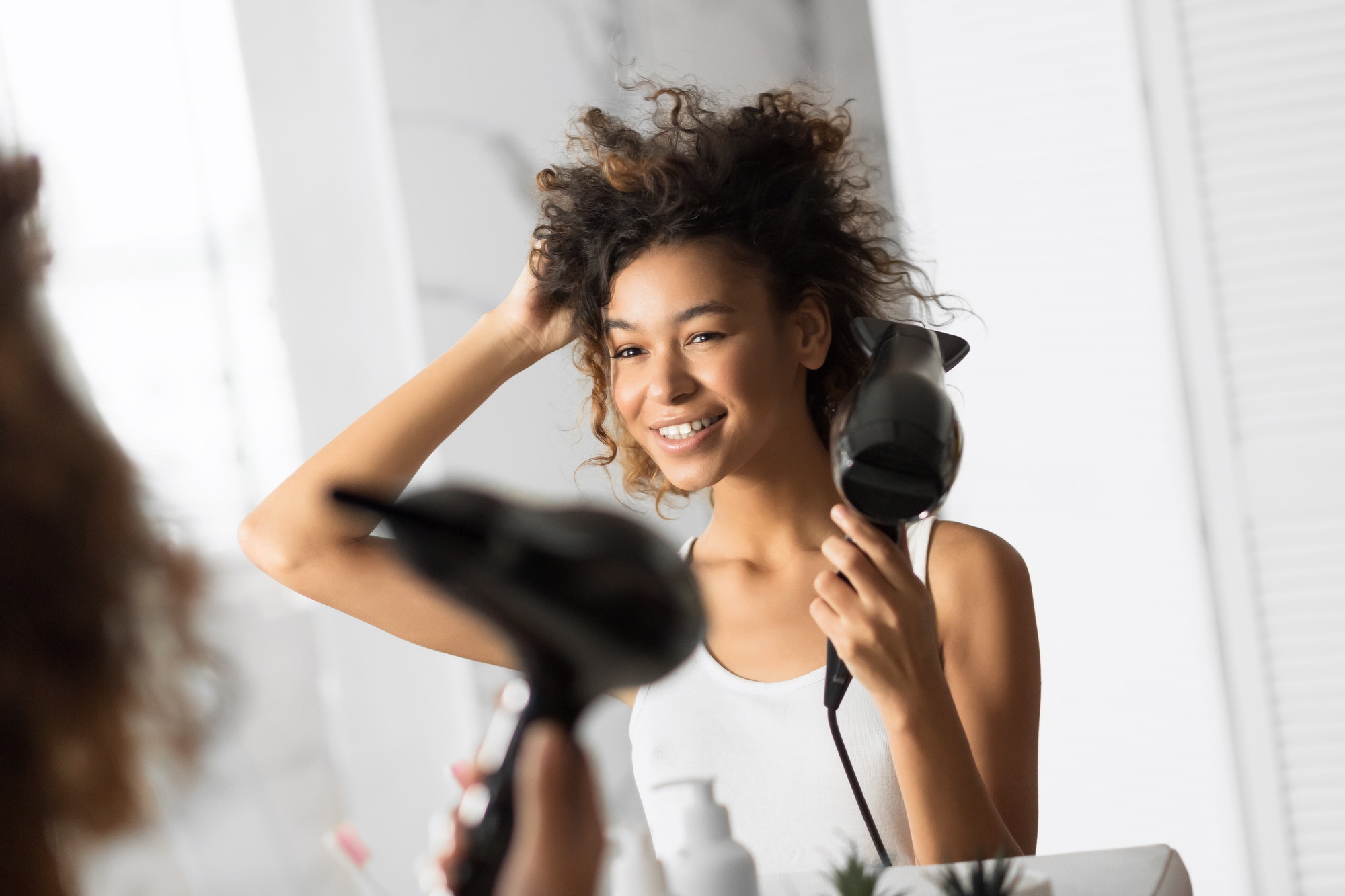
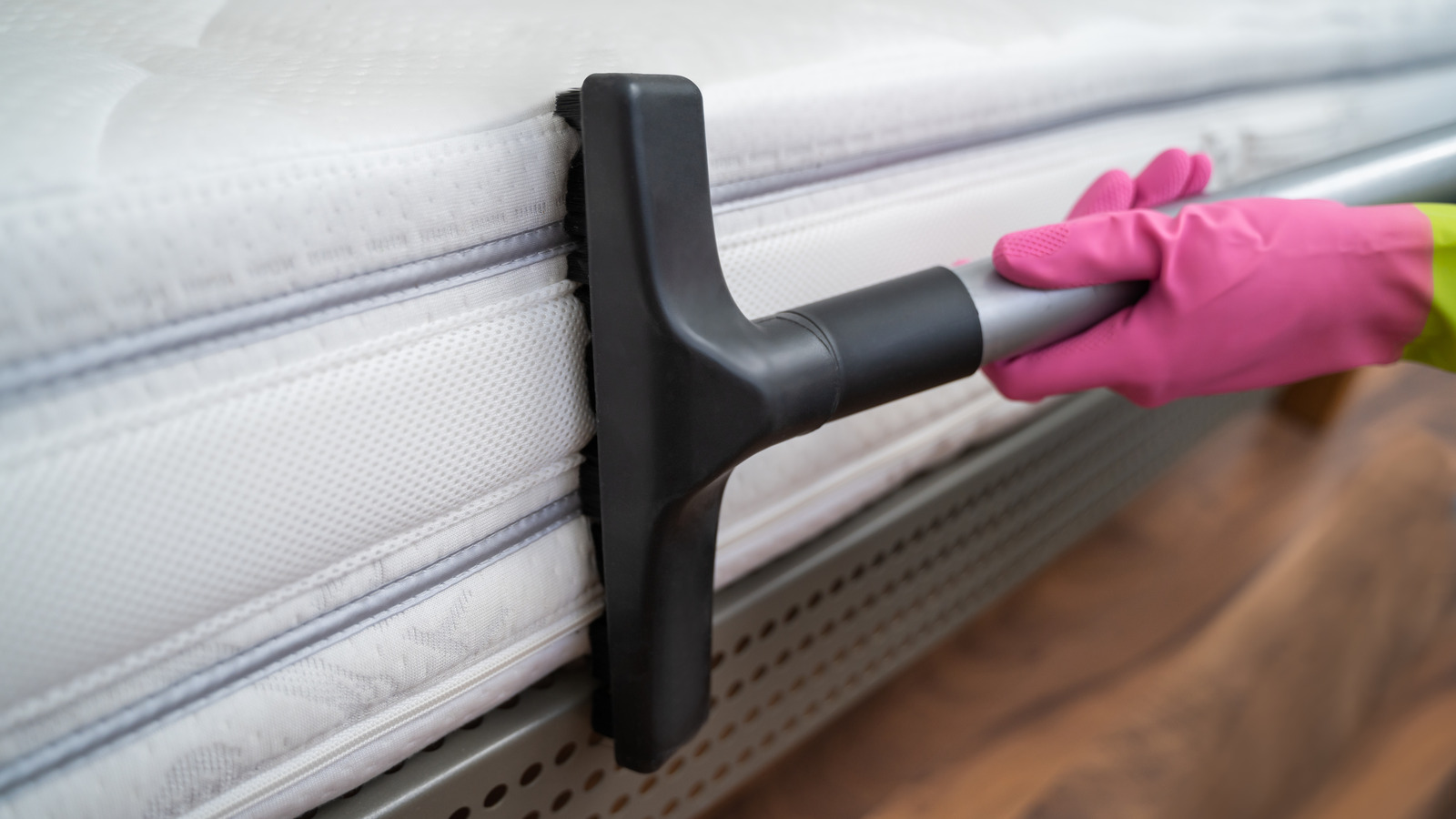
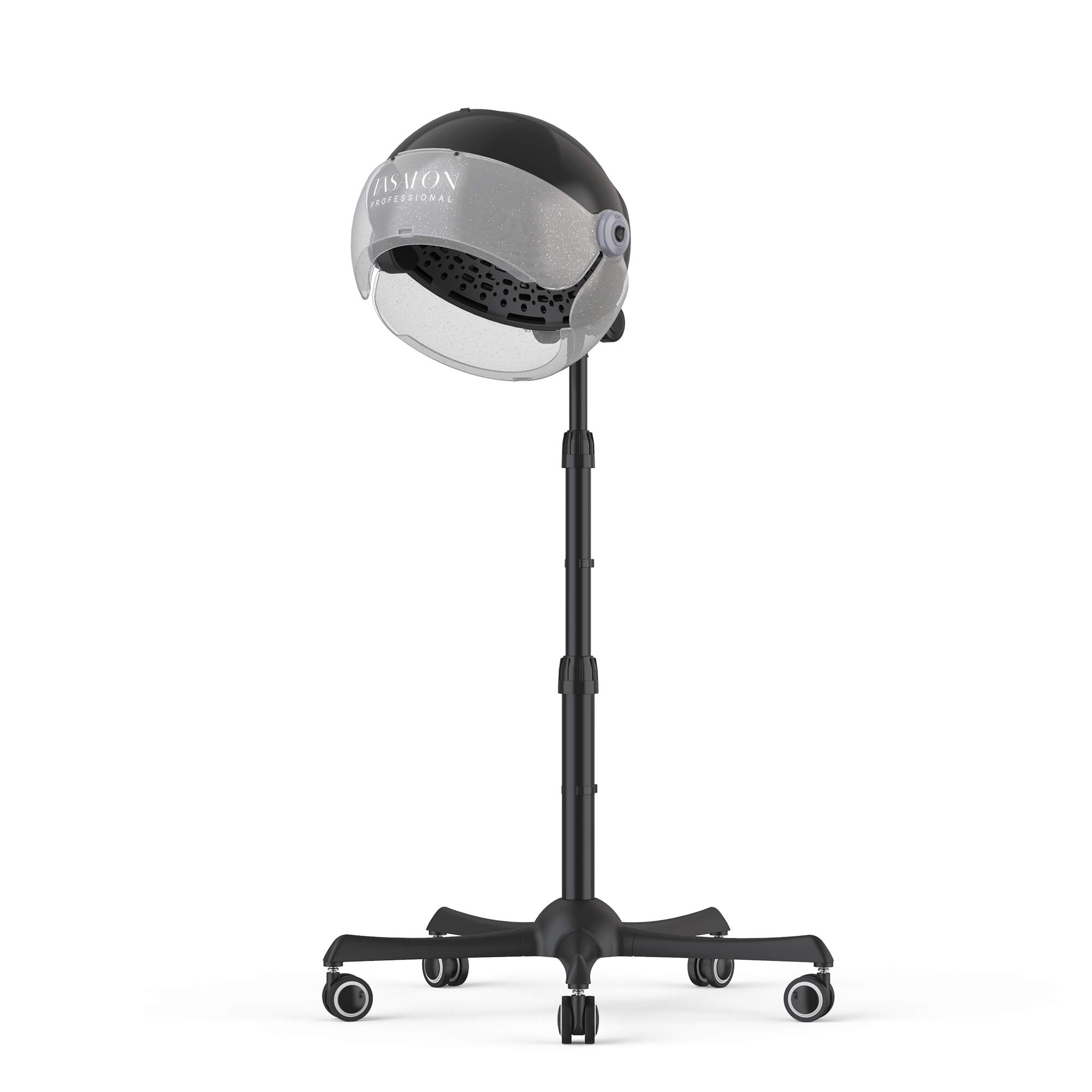
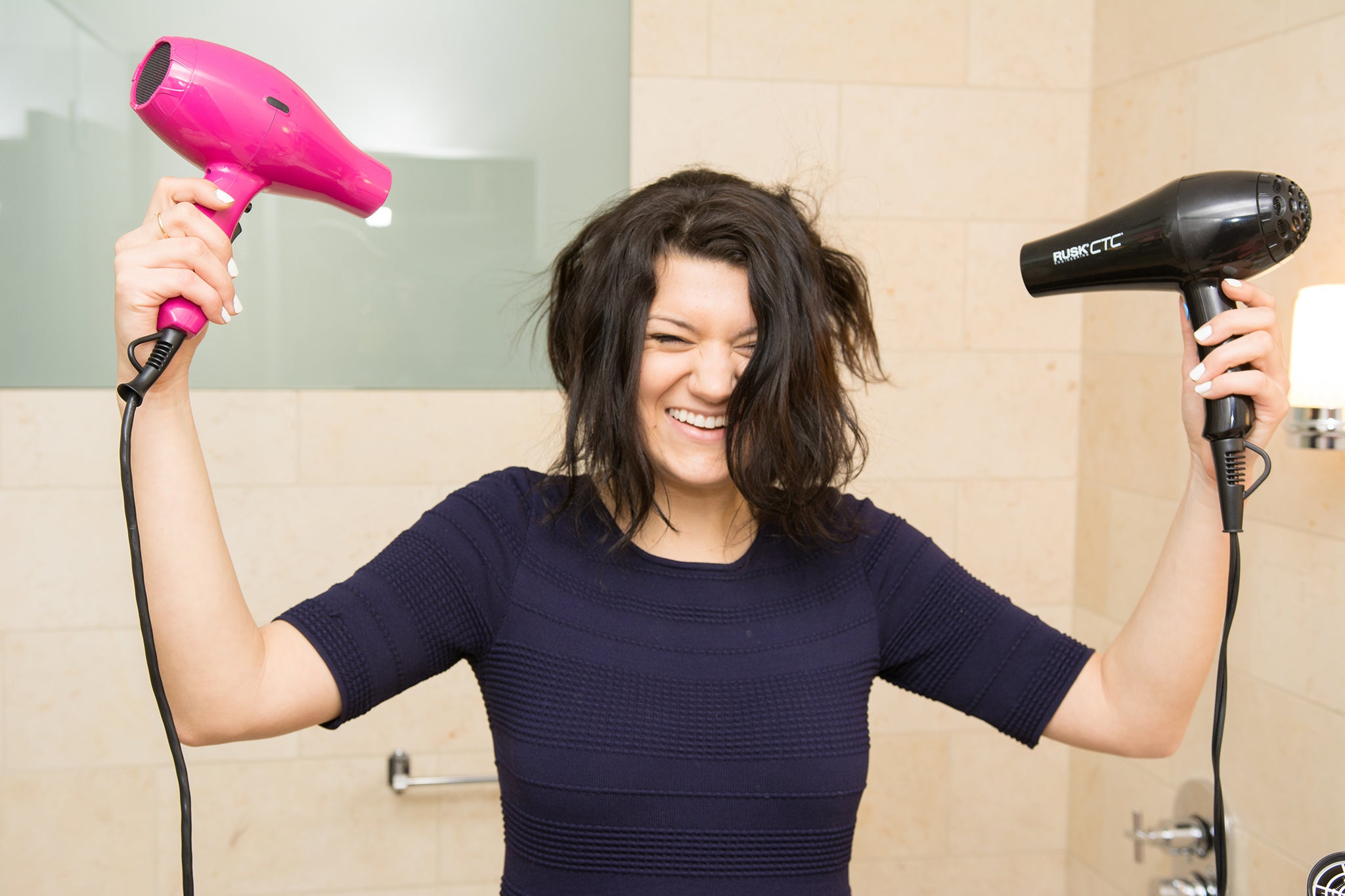
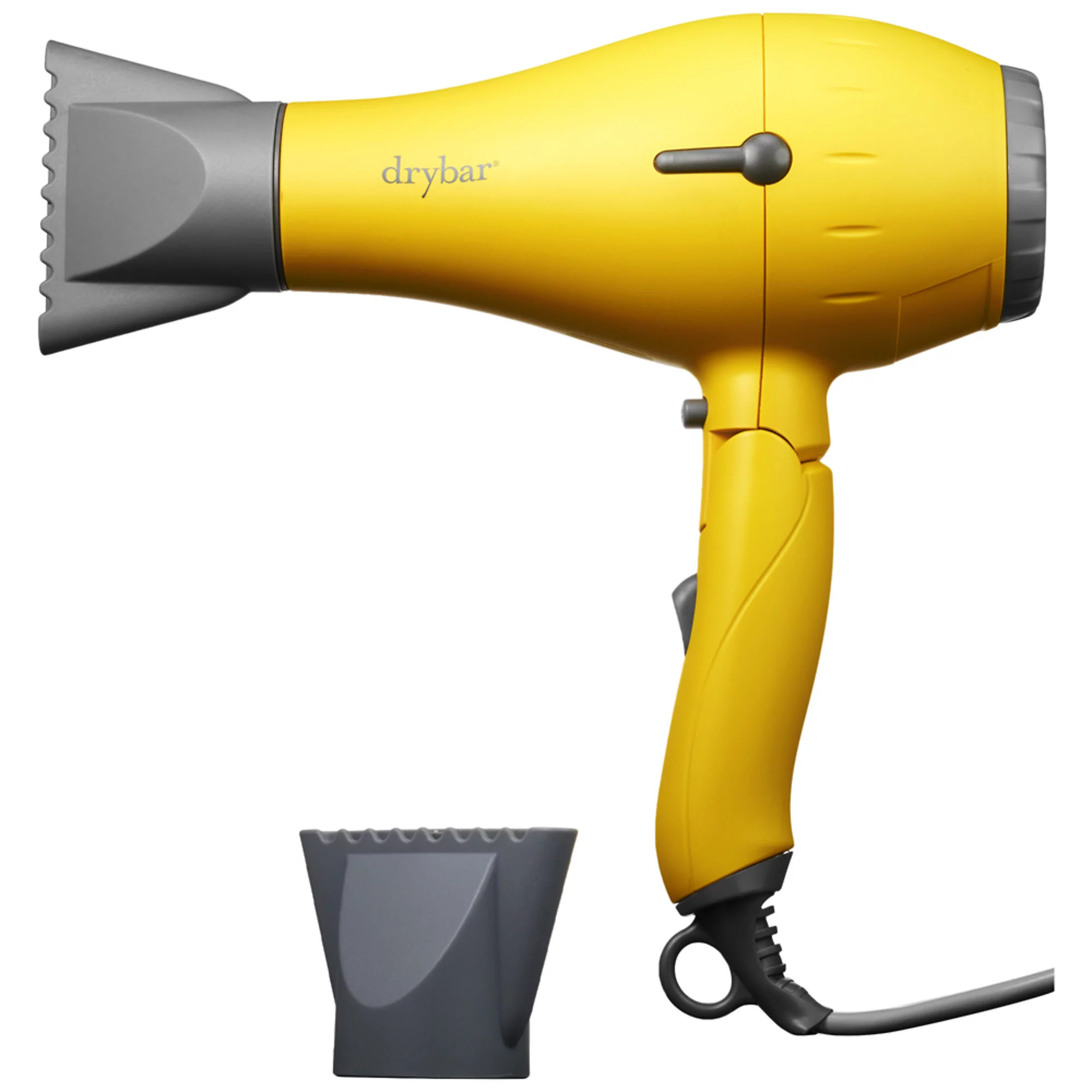

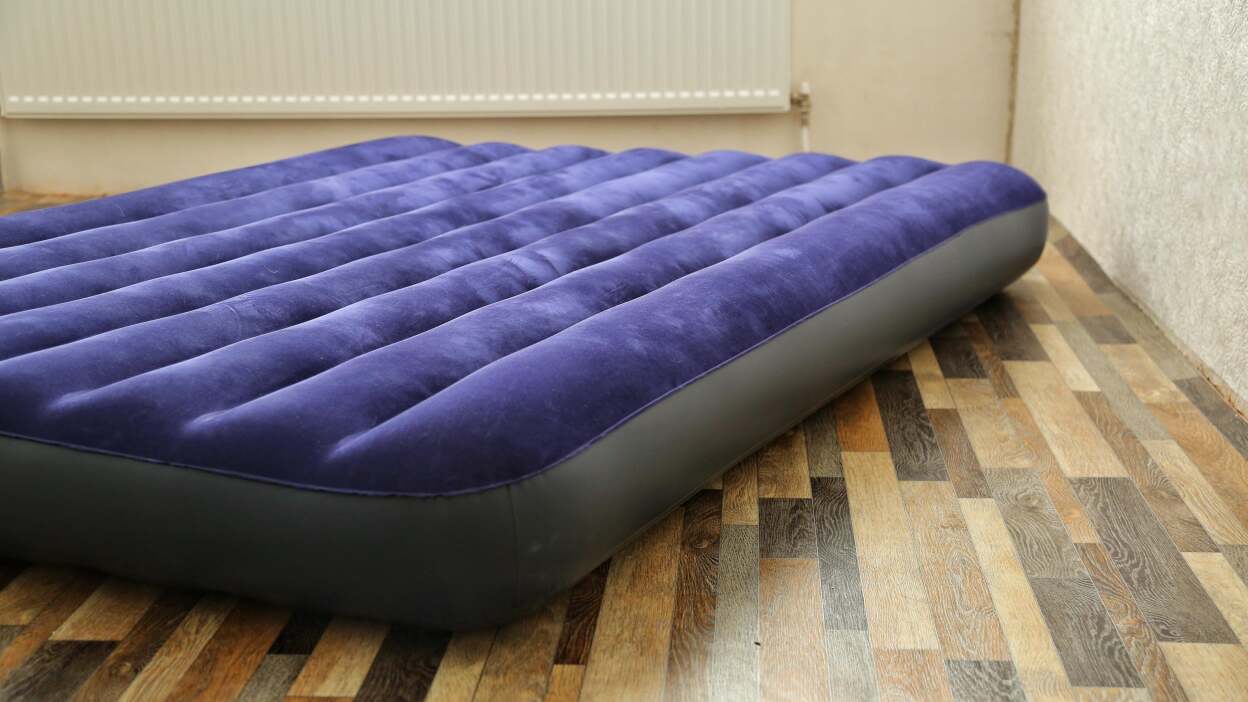
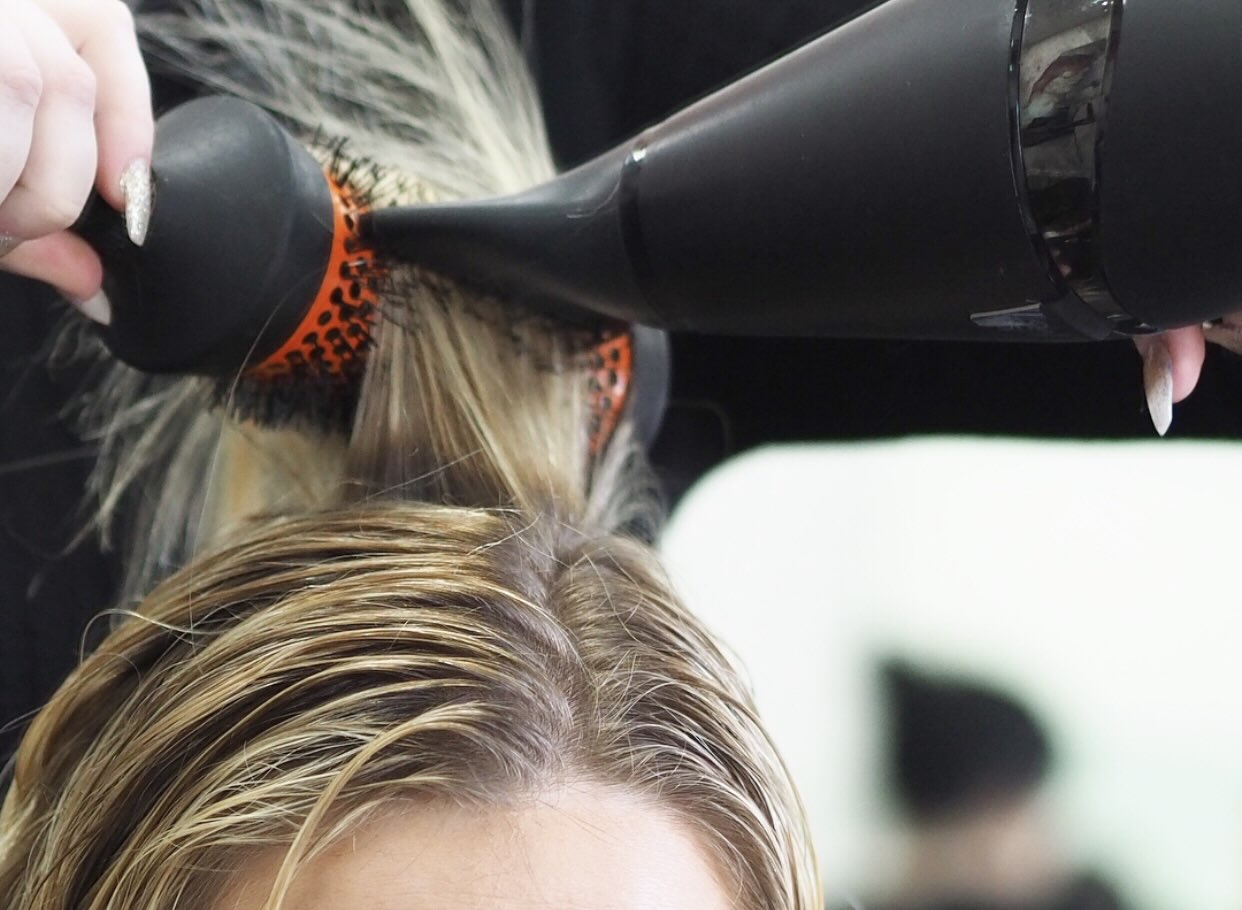

0 thoughts on “How To Dry A Mattress With A Hair Dryer”